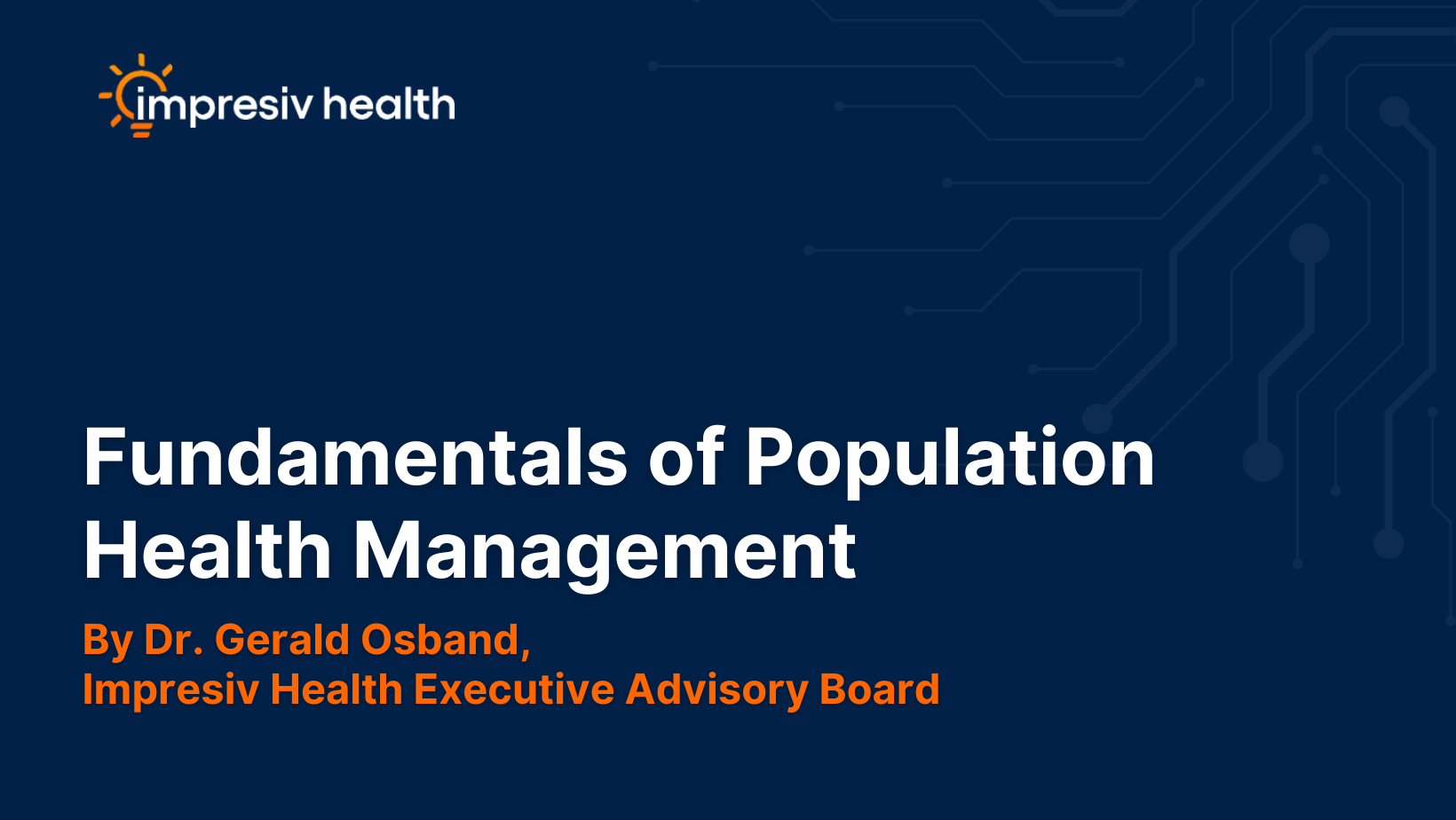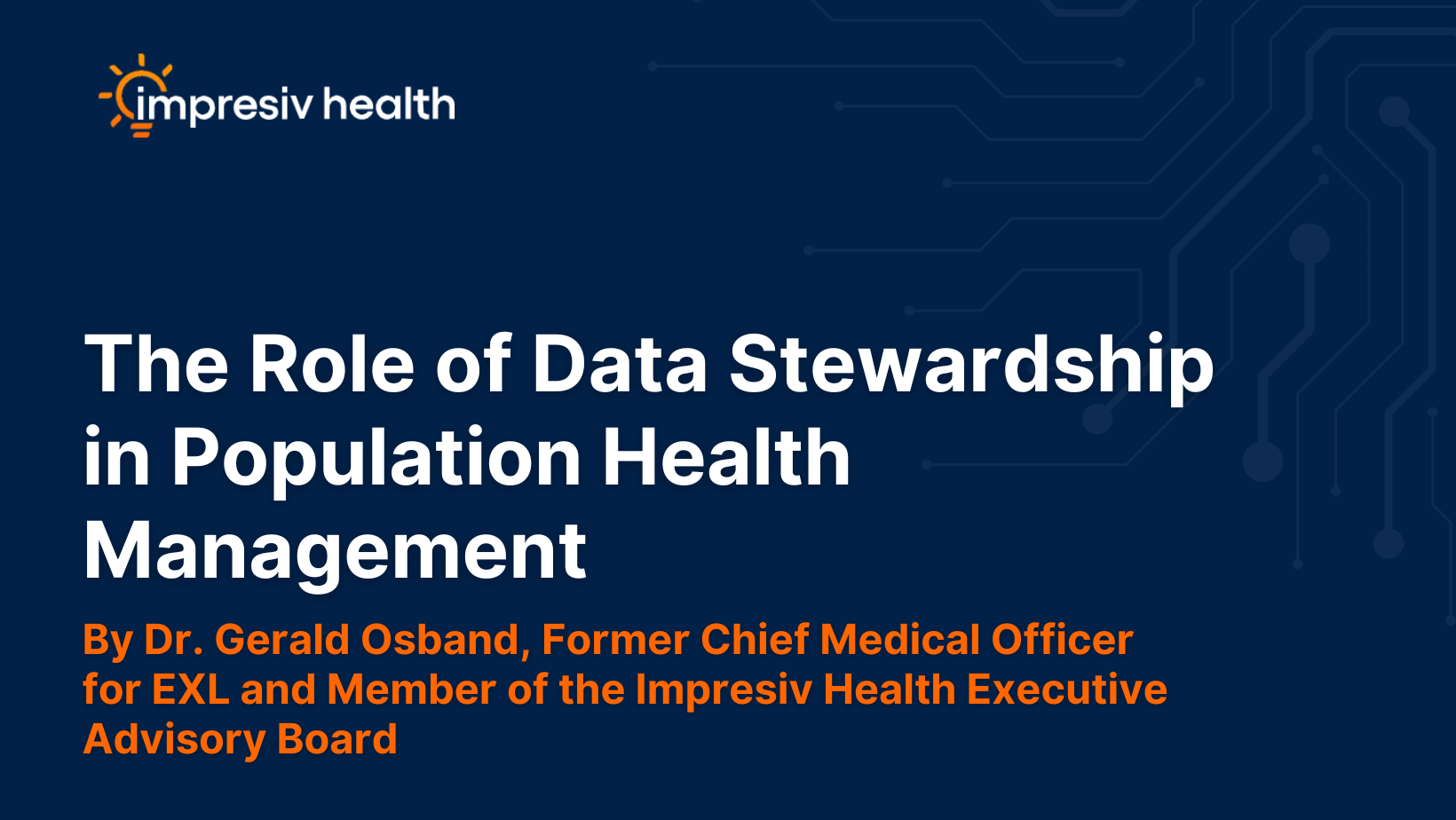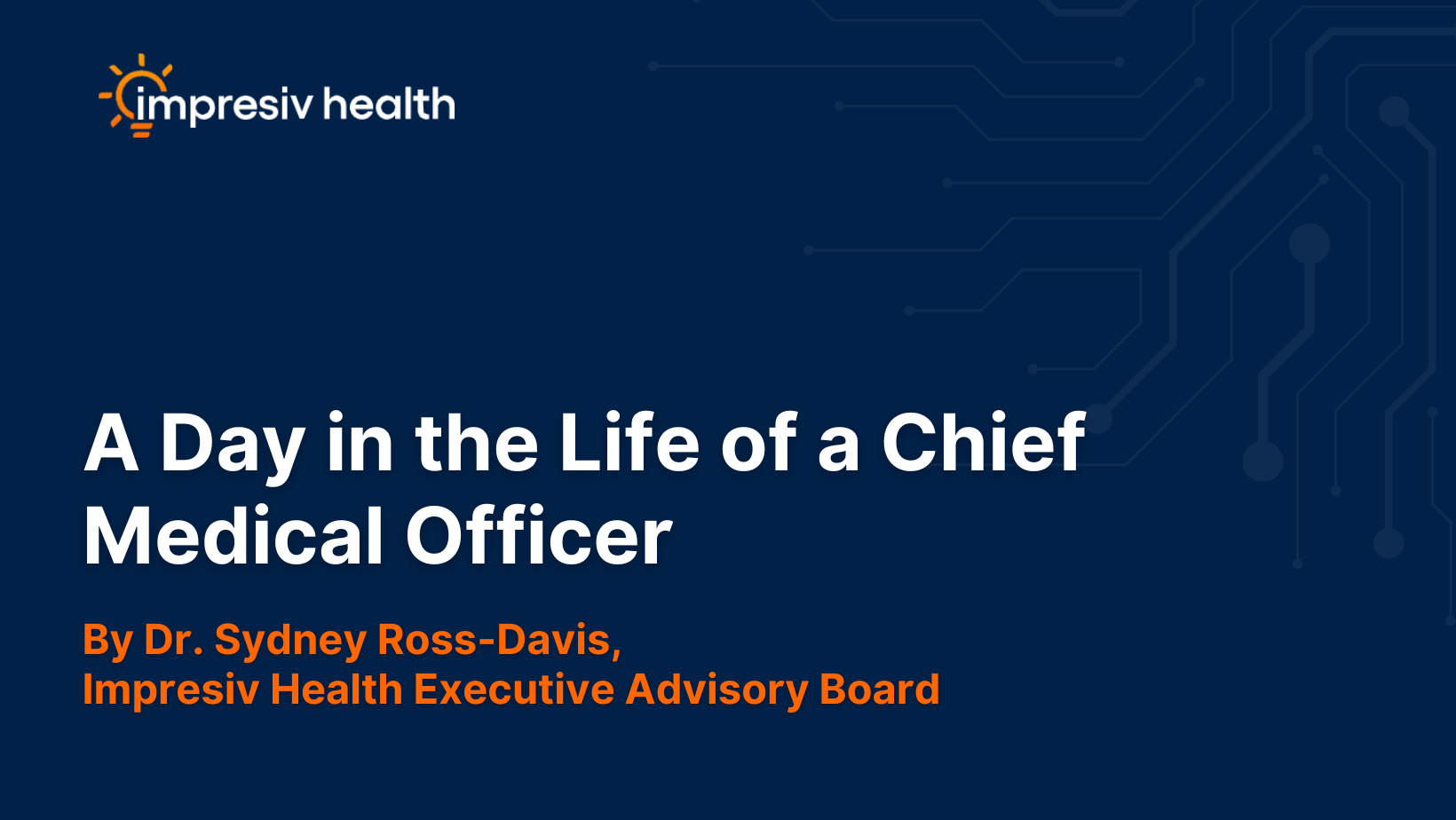Part I of our Population Health Series with Dr. Gerald Osband
When used effectively, the application of population health management (PHM) can improve clinical, financial and administrative outcomes of defined participants through improved care coordination and patient engagement supported by appropriate economic, care support and technology processes. The outcome of a well-designed and appropriately operationalized PHM program will manage health care costs while maximizing clinical status and health outcomes. This paper provides a high-level overview of the fundamentals of PHM. Future articles will emphasize more specificity in these areas.
The fundamentals for a PHM program are straight forward but need to be adjusted to meet the operational goals, strategies and distinct populations being served by the health plans and provider organizations. The key fundamentals are:
1. Data management inclusive of data acquisition and aggregation
2. Identification and stratification of population
3. Enrollment of the participants into the program
4. Engagement of the participants by care managers and providers
5. Reporting on process and operational performance with associated success metrics and program outcomes
Data Management:
The foundation of PHM is the acquisition and aggregation of data that facilitates interventional strategies to reduce clinical and financial risk of the participants. It requires software tools for data cleansing to detect and correct issues of inaccurate and inconsistent information and reduce erroneous entries, absent values, duplicates, etc. Automation capabilities and AI processes are also key requirements as are unification and standardization practices for data integration, coherence and formatting. Inputs should include traditional (claims, lab, pharmacy, etc.) and non-traditional data ( SDoH, assessments, digital device information, etc.). Implicit is a governance oversight to ensure privacy, security and quality.
Identification and Stratification:
By using the appropriate analytics, AI and MLR technology integrated to the aggregated data, the information output produces cohorts of participants at various levels of clinical, economic and social risk that requires intervention. Critically important is an analysis that contains an assessment of impactability – the potential for fully engaging the participant in an interventional program without wasting time, resources and effort on uninterested individuals. The overriding goal is to use extensive information inputs to provide impactful insights for care coordination and mitigate risk.
Enrollment and Engagement:
Once populations and participants have been ascertained, marketing strategies should be employed to encourage participation in the interventional program. Participation Information and enrollment materials should be delivered in non-traditional formats using the digital technologies now available to health care consumers, inclusive of member, provider and patient portals. Current technologies allow for individualized messaging that better resonates with consumer preferences to enhance opportunities for care coordination, gaps in care closure, application of social determinants of health interventions and health equity assessments. Automation of enrollment data into software engagement systems is critical as isa 360 degree view of the participant across care management applications to coordinate UM, CM and PHM programs.
Reporting:
Reporting can be divided into areas of operational performance, staff productivity, clinical status improvement of participants, engagement results, budgeting, compliance adherence, quality scoring and financial outcomes. It is also important to provide insights into managing value-based programs, payer relationships and recommendations on analyzing population data for further enhancements on health strategies and initiatives. Outcomes should be transparent to encourage all stakeholder participation and contributions to program development. PHM requires assessing and reassessing the benefit of programs based on health outcomes and organizational cost/benefit analysis.
Get in touch with Dr. Gerald Osband, part of our Executive Advisory Board: gosband@impresivhealth.com






